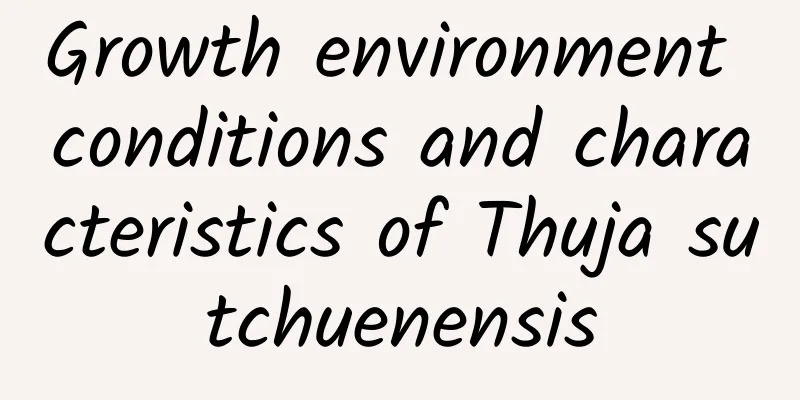How to propagate Phoenix bamboo

Propagation of Phoenix BambooThe propagation of Phoenix bamboo can be divided into division, seed propagation and cutting propagation. However, because it is difficult to obtain seeds from bamboo and it is difficult to root using cuttings, Phoenix Bamboo is mainly propagated by division. The propagation of bamboo by divisionDivision propagation is carried out in spring from February to March, combined with repotting. Remove the overcrowded plants from the pot, cut the rhizomes of the plants with a knife, and plant them in new pots while avoiding damaging the roots. When cutting, each bamboo shoot should be accompanied by at least one old bamboo, and the fibrous roots should be retained as much as possible to ensure the survival of the Phoenix Tail Bamboo. Plant the newly divided plants in a suitable pot, add fertile soil, keep it moist, and place it in semi-shade, the shoots will grow quickly. Seed propagation of Phoenix bambooIt is suitable to be carried out in April and May. The seeds should be soaked in warm water for 1 to 2 days before sowing. It will germinate about 40 days after sowing. The seedlings grow relatively slowly and can only be transplanted and cultivated after about half a year. Cutting propagation of Phoenix tail bambooIt is not convenient to propagate Phoenix Bamboo by horizontal burial method, so it is usually propagated by vertical cuttings. It is best to take cuttings in March to April or July to August. The substrate for cuttings should be mountain mud or clean sand, with a thickness of about 15 cm. Coarse particles are used at the bottom and smaller particles are needed at the top. This is more conducive to water seepage and it is also easy to control the moisture content of the substrate. The cuttings are cut from the stems of two or three-year-old Phoenix Tail Bamboo, and each cutting can be a single node or 2 to 3 nodes as needed. Leave 2 to 2.5 cm of space below the bottom node to allow it to be buried in the soil. The upper nodes need to be 1 cm empty to prevent water loss in the nodes. When cuttings, the empty 2.5 cm part at the bottom of the stem needs to be inserted into the soil, and the bottom stem node also needs to be inserted 1 cm into the soil. The insertion of the stem node should be moderate. It will be inconvenient to manage if it is too deep or too shallow. After the cuttings are completed, ensure that the air humidity around the cutting bed is increased. Spray the bamboo 6 to 7 times a day to keep the air humidity at 85%. In addition, it is necessary to block nine-tenths to eight-tenths of the light to reduce its water consumption. At suitable temperatures, roots will take shape in 25-30 days. |
<<: How to trim the golden plate
Recommend
When and how to repot Jade Leaf
Jade Plant is a perennial evergreen succulent pla...
What is the best month to plant oil beans?
When is oil bean planted? It is generally more su...
Can Schefflera be hydroponically cultivated?
Hydroponics Method Method 1: Hydroponic branches ...
Planting methods and management techniques of tea oil trees (what soil is suitable for tea oil trees)
Choose the area and environment for planting tea ...
How to grow the lazy pot green radish more vigorously
The lazy pot is a double-layer flower pot with a ...
Lantern flower cultivation methods and precautions
1. Breeding methods 1. Water: When watering, you ...
The reason why the leaves below the big leaf green radish turn yellow
1. Insufficient watering Reason: The leaves below...
Where is it suitable to plant mulberries?
Mulberry growing area Generally, mulberries grow ...
Cultivation methods and maintenance matters of old first kiss pile
How to make a first kiss a success When caring fo...
How do white orchids survive the winter?
temperature Suitable temperature is the key to en...
The most frightening thing about growing flowers is this... the flowers will die if they are touched
White powder appears on rose leaves Symptoms If w...
Are cheeky plants succulent?
1. The connection between the two Strictly speaki...
Angelica planting methods and conditions
Angelica sinensis , as a traditional Chinese medi...
What plants can replace fences?
Hydrangea Everyone should be familiar with hydran...
Is the dragon beard begonia poisonous?
1. Is it poisonous? In fact, it is one of the mor...









